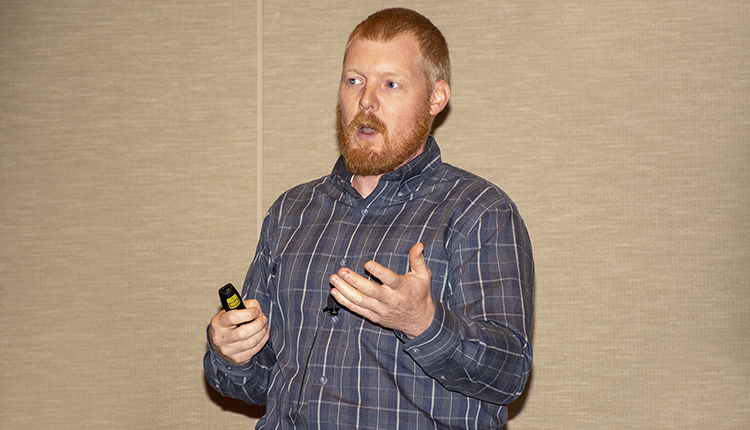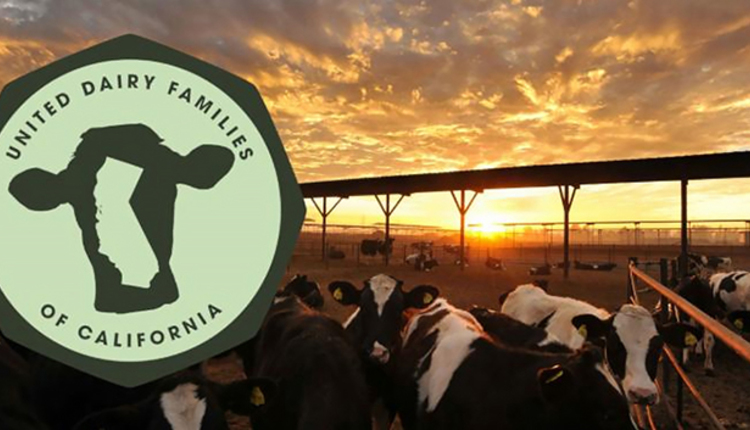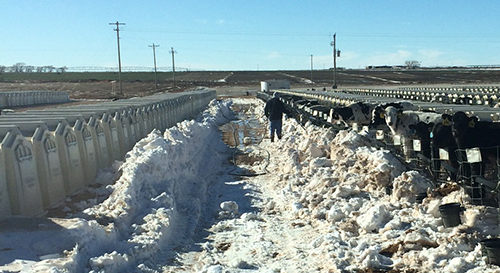
Anyone who has worked with livestock and has dug out of a blizzard knows the process takes days, weeks or even months. Such is the case with dairy farmers in the Texas Panhandle and New Mexico, who will be working through the storm's aftermath for some time to come. Those issues not only include cleaning up dead animals but dealing with a whole host of financial issues.
"By now, most of the displaced cattle have been corralled and returned to farms and ranches," said Ellen Jordan, a dairy specialist with Texas A&M AgriLife Extension. Those cattle walked over corrals and fences as snowdrifts grew higher and higher.
"In some cases, stocker (beef) cattle where found 75 miles away from farms and ranches," said Jordan, noting stocker cattle moved with the wind and often became disoriented in the blizzard.
"Brands proved to be valuable in getting cattle back to their respective owners," said Jordan. "The Texas Southwest Cattle Raisers Association, which already had images of brands, created a "book" and distributed it throughout the emergency services and the farming community. In most cases, farmers and ranchers got together and quickly sorted out cattle and loaded them on trailers. There was little argument as everyone worked together during the crisis," she said.
Dealing with the living was one matter. Then there are those animals that perished in the storm. Renderers ran 24 hours a day, seven days a week trying to process the dead cattle. Unable to keep up, dead animals were stockpiled at either farms or renderers. To preserve the bodies, snow was piled back on the carcasses to keep them frozen until each one could be processed. To aid the cleanup, Texas gave temporary permission to exceed weight limits on trucks.
Insurance is a whole other matter.
"Many insurance companies require that 20 percent of the dead cattle must have a necropsy before any claims can be paid out," said Jordan. "Veterinarians have been working around the clock to get this done."
She went on to explain in some cases insurance companies may not pay on claims for "smothered" cattle that perished. That smothering took place as cattle backed up to barns and corral corners. As the cattle's inherent herding behavior took root, more cattle gathered into groups, snow piled up and death occurred.
For more on the after effects of the storm, read last week's Intel item.

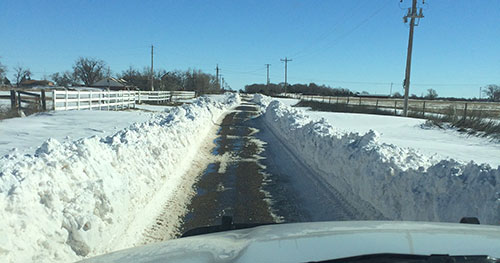
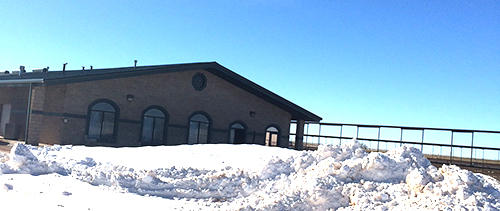
(c) Hoard's Dairyman Intel 2016
January 18, 2016







